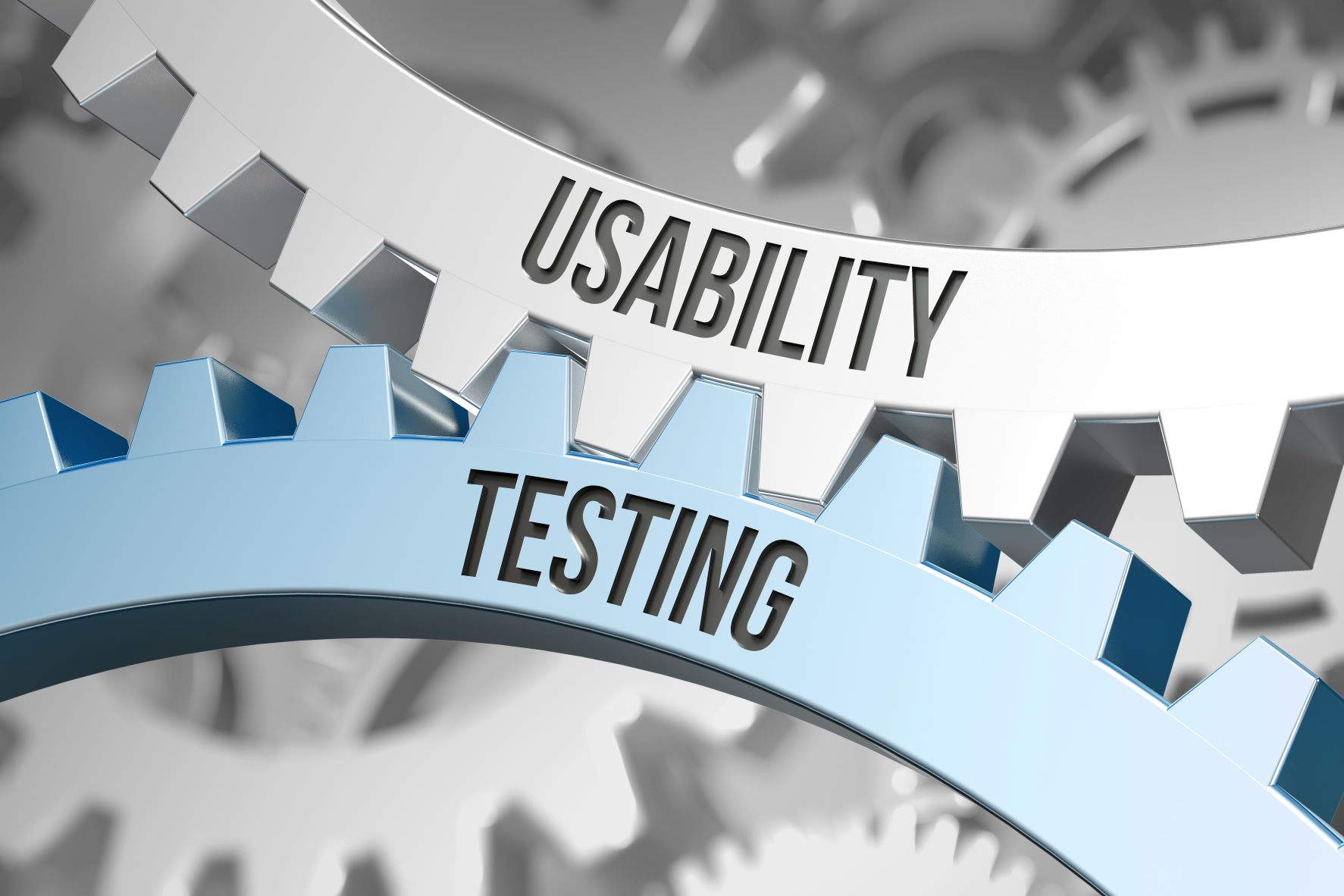
The technology behind your device may be brilliant, but sales will suffer if your user interface and/or ergonomics are subpar. Worse yet, you open your company and patients/users to risks that might have been avoided with proper device usability testing.
FDA has long placed an emphasis on usability testing, which they refer to as human factors. In recent years, the European Union has also placed far more emphasis on risk management, an important facet of which is how the user interfaces with the device.
These two documents will help you apply the customer requirements found in section 820.30 of the FDA Quality System Regulation, as well as clauses within ISO 13485:2016, including:
Although IEC 62366-1 is barely mentioned in ISO 13485:2016, when the next version comes out it is expected that usability will be emphasized far more.
During this process you will profile your typical device users (physical size, cognitive abilities, language skills, etc.); device use environment (lighting, noise, clutter in the room, etc.); and the device user interface (size/shape of device, indicator lights, graphical user interface, etc.).
This guidance should be used in conjunction with IEC 62366-1, which is a consensus standard recognized by FDA.
The word usability may only be mentioned twice in the entire MDR, but that doesn’t mean it’s not an important factor in risk management compliance. Again, even though IEC 62366-1 is not yet a harmonized standard under the MDR or IVDR, it eventually will be and you are advised to follow it for MDR/IVDR compliance, just as you would for FDA compliance. In the MDR, Annex I contains several references highlighting the need for manufacturers to take medical device usability seriously. They include:
Similar clauses can be found throughout the IVDR by searching for the word ergonomic.

US OfficeWashington DC
EU OfficeCork, Ireland



UNITED STATES
1055 Thomas Jefferson St. NW
Suite 304
Washington, DC 20007
Phone: 1.800.472.6477
EUROPE
4 Emmet House, Barrack Square
Ballincollig
Cork, Ireland
Phone: +353 21 212 8530